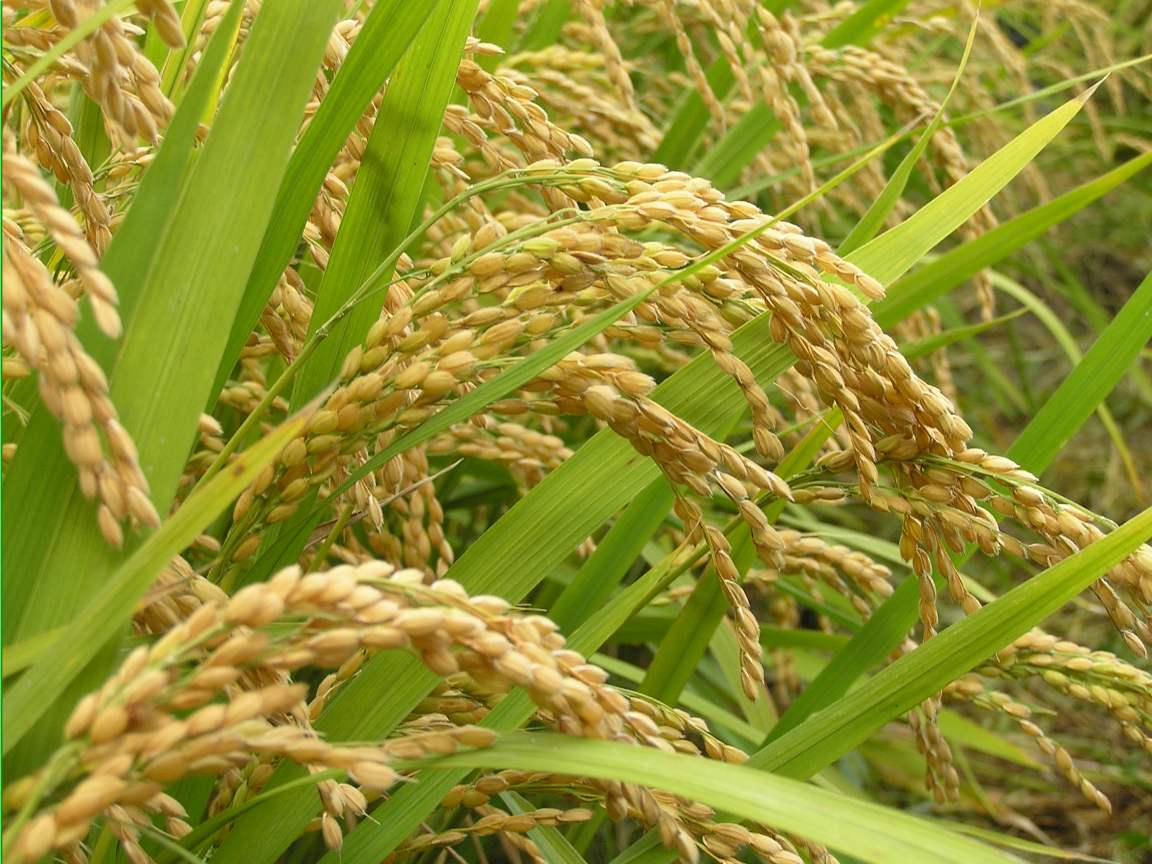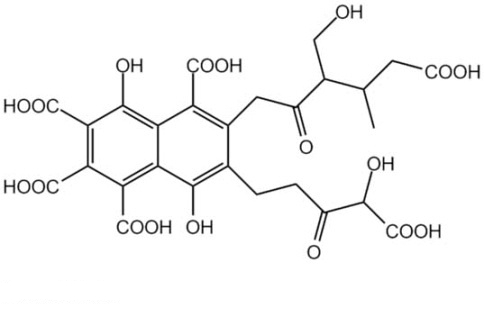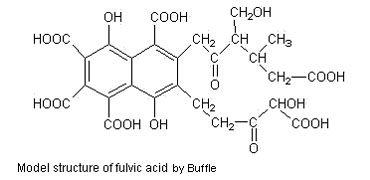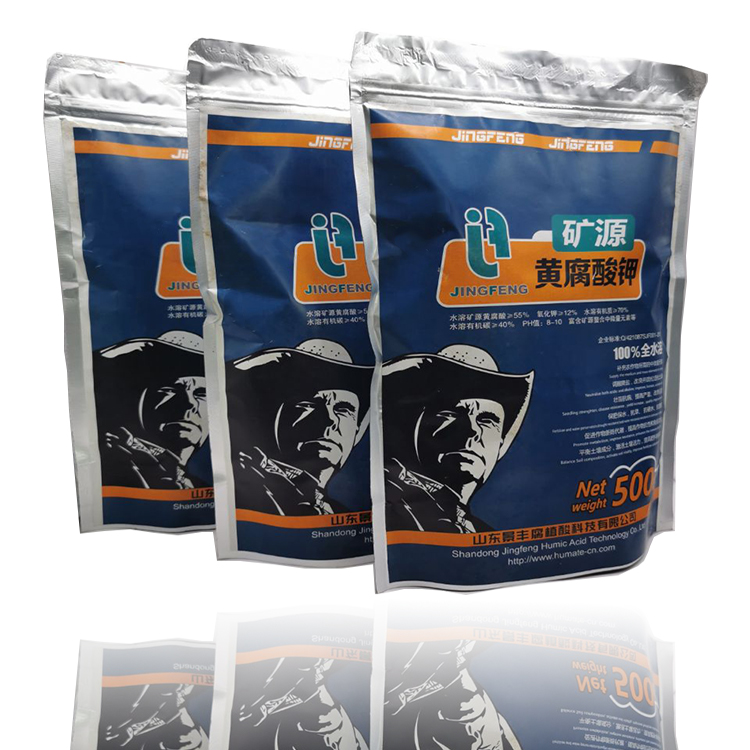
The humic acid effect on plant growth on plant growth is quite obvious. Let me tell you details.As early as the 19th century, the importance of humic acid in soil to plant growth was recognized from a nutritional perspective.
Later, it was reported that humic acid can promote the growth of plants at the appropriate concentration. We found that adding a small amount of humic acid in the water wall medium could increase the corn root length by 500%. And the dry weight and fresh weight of the roots were also significantly increased. The results showed that humic acid significantly promoted the monthly growth rate, height and total dry matter yield of the seedlings.
Experiments of humic acid on plant growth
In addition, the growth of wheat, tomato and cotton seedlings, especially roots, was significantly promoted by humic acid. Fulvic acid significantly promoted the growth of cucumber seedlings. The number of leaves and flowers per plant. Spraying fulvic acid on wheat seedlings grown in pot or field can increase yield by 7.3-18.0%. But also can not reduce yield under drought conditions. Reaching 97% of the normal watering amount.
The humic acid effect on plant growth has been proved by many experiments. However, due to different plant species and different culture conditions. The reported numbers vary greatly. Fulvic acid increased tomato root length by 10%. Fresh weight by 245% and dry weight by 390%, respectively. Generally, humic acid has more stimulation effect on roots than on stems and leaves.
In some cases, for some plants, it only stimulates the growth of the roots, but also the ground part. According to the sensitivity of crops to humic acid stimulation. Crops are divided into the following types. The most sensitive crops – cabbage, radish, tomato, sweet potato, melon, beet, etc. Reaction medium crops – cotton, mung beans, beans and so on. Insensitive crops – sunflower, rape, castor, flax and so on.
Factors influence the experiments results
The influence of culture conditions on the test results can not be ignored. Because some of the experiments were carried out in the field. The factors in the soil were very complicated. And it was more difficult to repeat compared with the clear conditions in the laboratory.
The advantage was high application value. Even in the laboratory, with nutrient solutions, there are a number of factors.First of all. The composition of nutrient solution is very important. There are many kinds of nutrient solutions for the overall growth of plants.
And the proportions of various components in different nutrient solutions are different. Which have different influences on the growth of plants. Secondly, the interaction of various components in nutrient solution can lead to the production of precipitation and lead to the deficiency of these elements.







